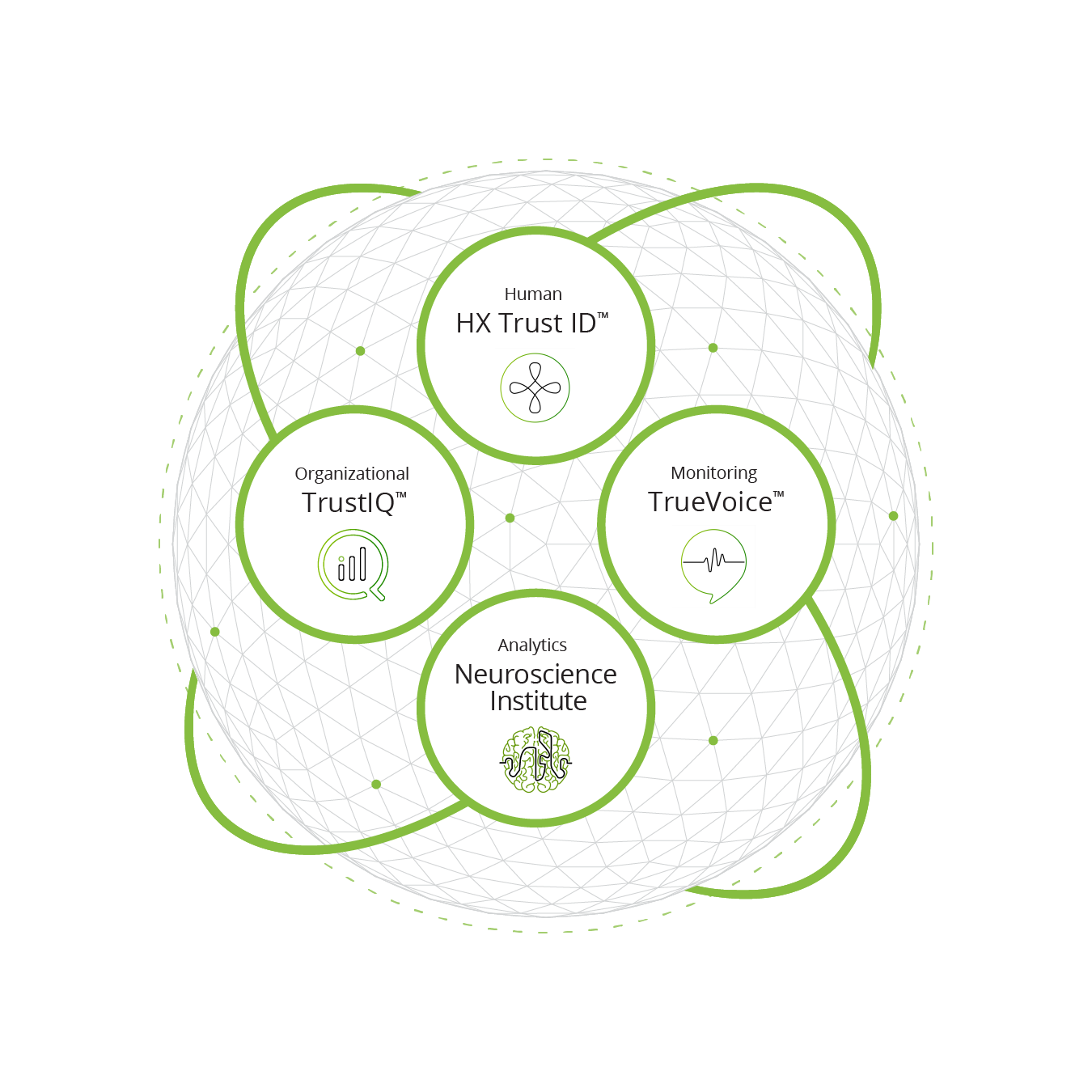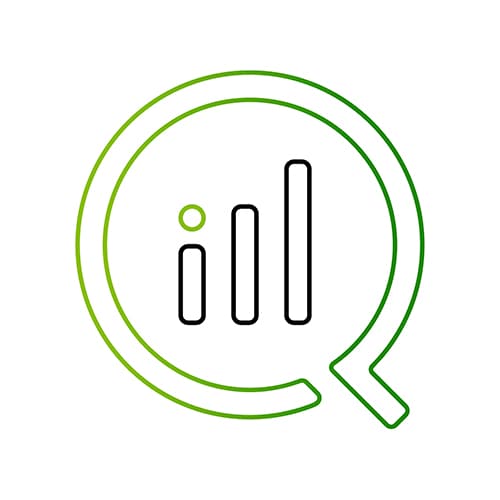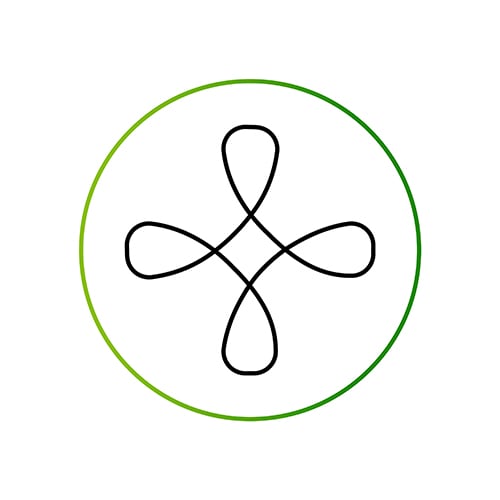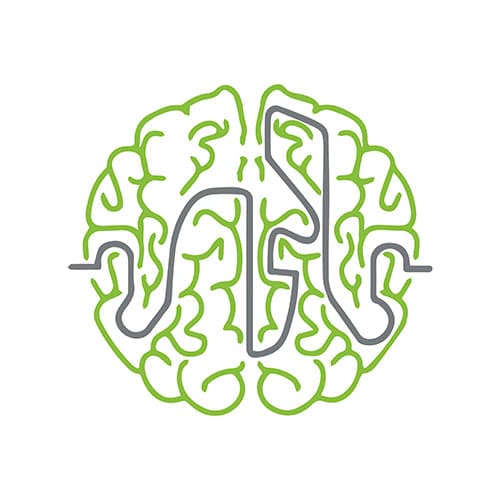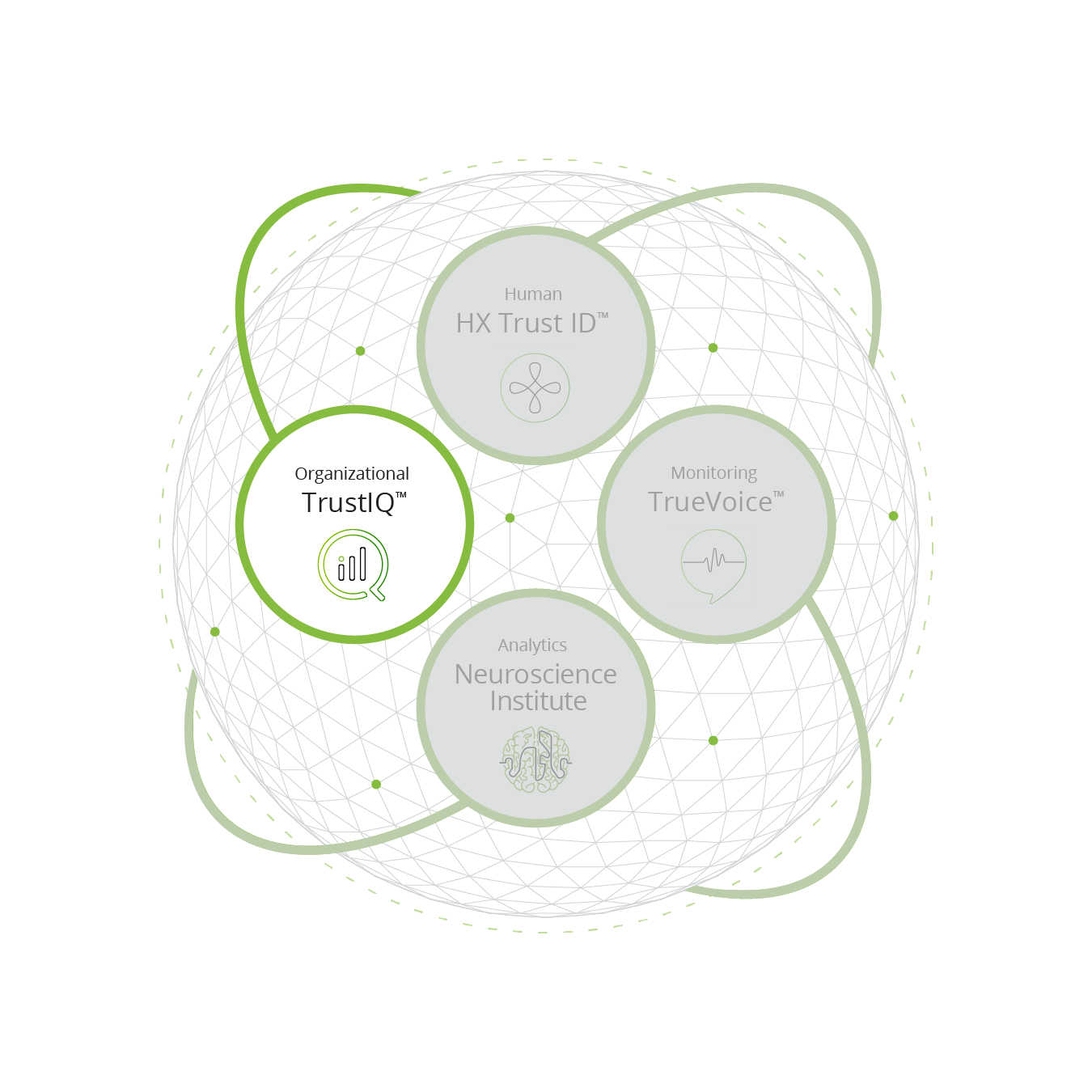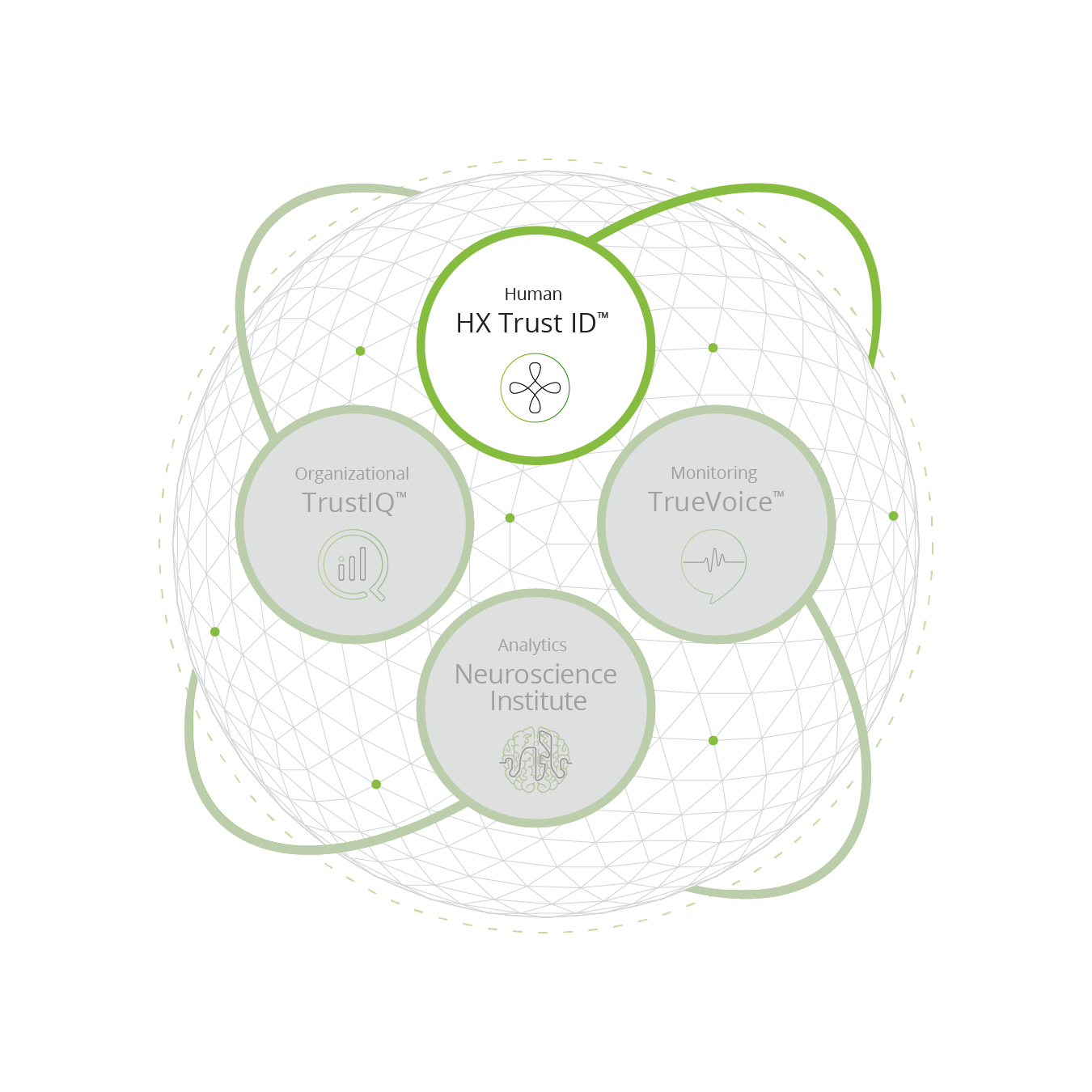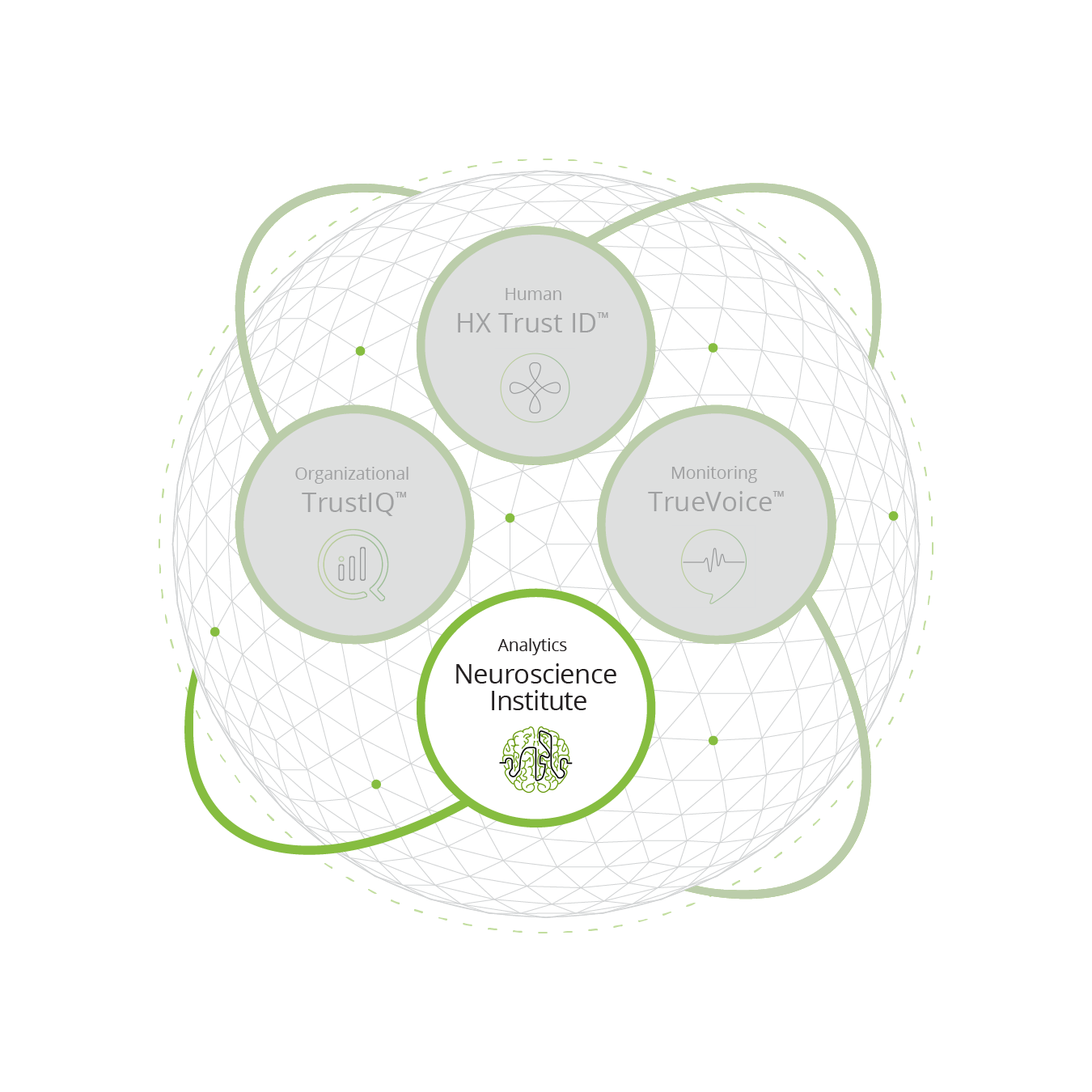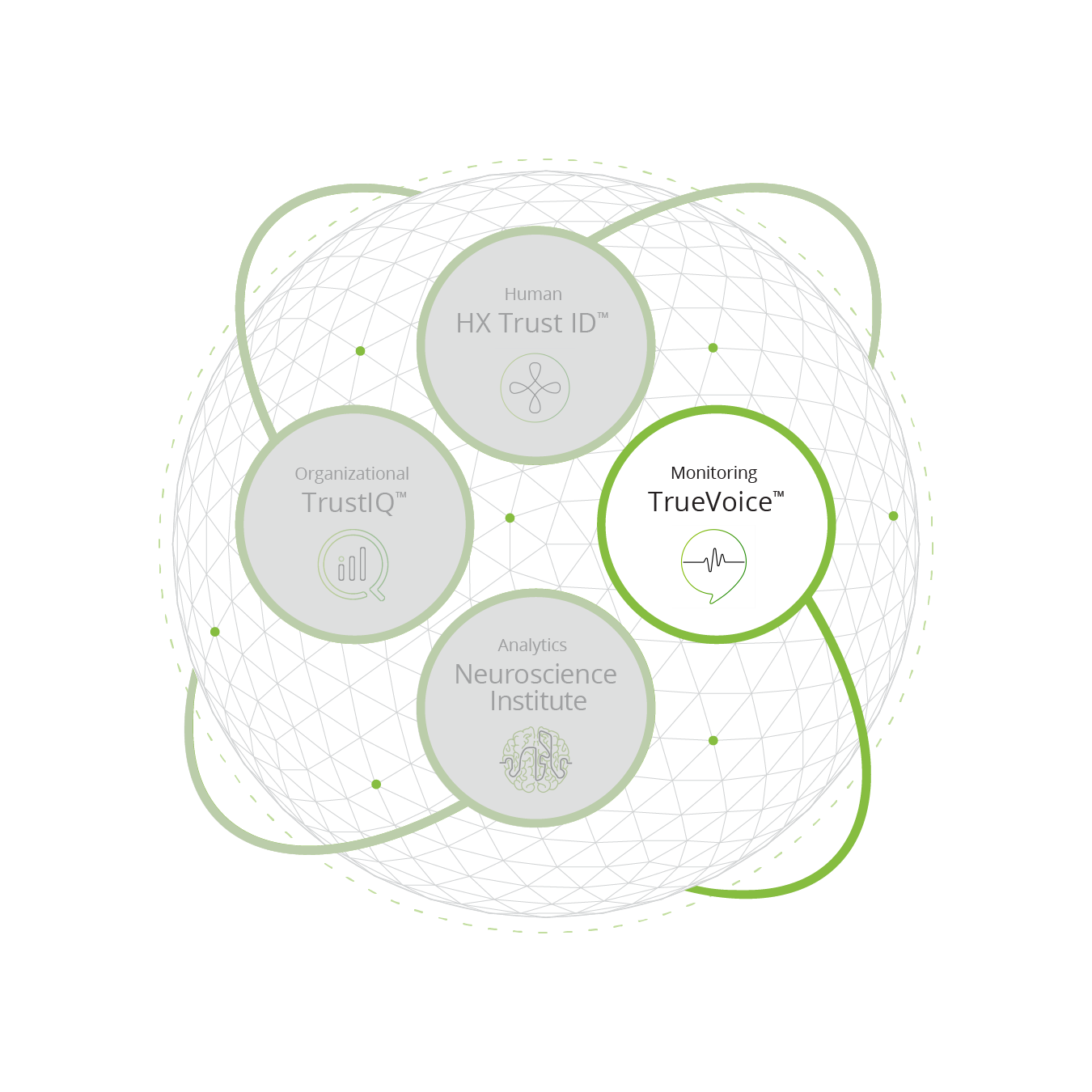Enterprise Trust
Put trust behind everything you do
Your organization’s invisible yet priceless asset
While executives agree action on trust is needed, few organizations have taken proactive steps. But trust has a measurable impact on business performance, from improved financial outcomes and customer loyalty to employee engagement and resilience. We can help you define trust. Evaluate and contextualize it for your industry. Earn it. And help make trust tangible, actionable, and real for your organization and its customers.
Grow financial performance
Up to
4x
Highly trusted companies outperform low trust companies with up to 4x amplification of market value.
Build customer loyalty
88%
Out of customers who highly trust a brand, 88% bought again, and 62% buy almost exclusively from that brand.
Protect the brand
Up to
74%
Organizations impacted by trust events fall 26%-74% behind industry peers in value and their market cap.
Increase workforce engagement
79%
of employees who highly trust their employer feel motivated to work.
Trust matters in the boardroom
94%
of global boards believe building trust is important to the organization’s performance.
Trust is important to CEOs
85%
of CEOs believe trust is very important for worker motivation, and 73% find it very important for customer loyalty.
Action on trust is needed
83%
of global board members believe action on trust is needed within six months.
Stories of trust
Conversations with leaders who are making trust actionable and real
A retired 4-star US Navy admiral. The chief trust officer of SAP. The CEO of Deloitte US. In exclusive, candid conversations, these and other leaders add their voices to the rich dialogue that's unfolding around Enterprise Trust. From personal stories to timeless principles, listen in as they share how earning trust is an urgent, strategic priority for business leaders.
Watch the videosBuilding Trust equity to strengthen
stakeholder relationships
Why does Trust matter? We’ve entered the Trust Age: a time where (mis)information is omnipresent, individual perceptions reign supreme, and digital security and data privacy are constantly threatened. Now more than ever, stakeholders expect organizations to do the right things and do them well. These expectations range from entrusting an organization to safeguard one’s private data to requiring a company to have a strong stance on environmental, social, and governance (ESG) issues.
Trust also drives performance. When stakeholders trust an organization, their behaviors will reflect that Trust can affect more traditional key performance indicators that directly affect financial performance. Trust elevates customer and brand loyalty, which can lead to revenue. It enhances levels of workforce engagement, which can result in increased productivity and retention. And the data confirms it.
Trustworthy companies outperform nontrustworthy companies by 2.5 times, and 88% of customers who highly trust a brand will buy again from that brand. Furthermore, employees’ Trust in their leaders improves job performance, job satisfaction, and commitment to the organization and its mission.
Despite the data, however, many leaders and organizations still view Trust as an abstract concept. At Deloitte, we believe that Trust should be managed proactively because, when Trust is prioritized and acted upon, it can become a competitive advantage. An organization that positions Trust as a strategic priority—earning, assessing, investing in, and acting upon it—can ultimately build a critical asset.
The Enterprise Trust Platform
Quantitative. Objective. Comparative. Actionable.
Make Trust actionable: Five steps to embed Trust in your organization
At Deloitte, we help our clients follow a structured approach to quantify and enhance Trust, leveraging a suite of diagnostic solutions. As the adage goes, you can only effectively manage what you can measure. The following steps can help support a company’s journey to becoming a trusted organization.
Insights to galvanize Trust in your organization

Deepfakes and the fight for trust
As deepfakes continue to impact organizational trust and financial markets, business leaders express significant concern over their ability to counter this type of fraud.
Learn more